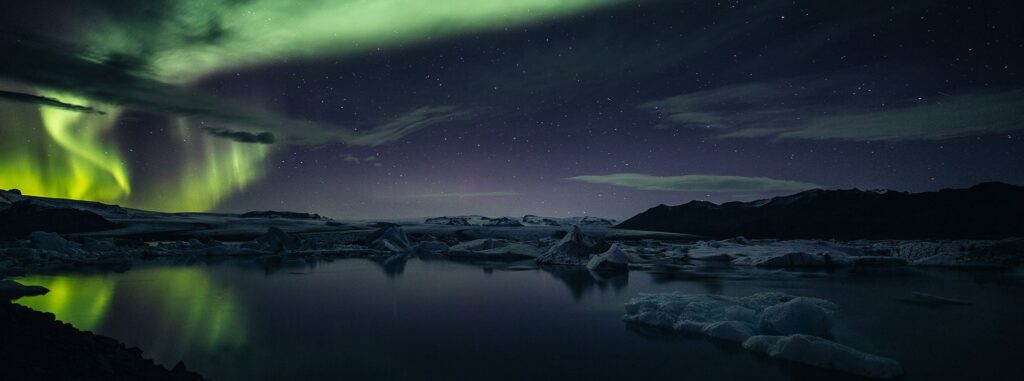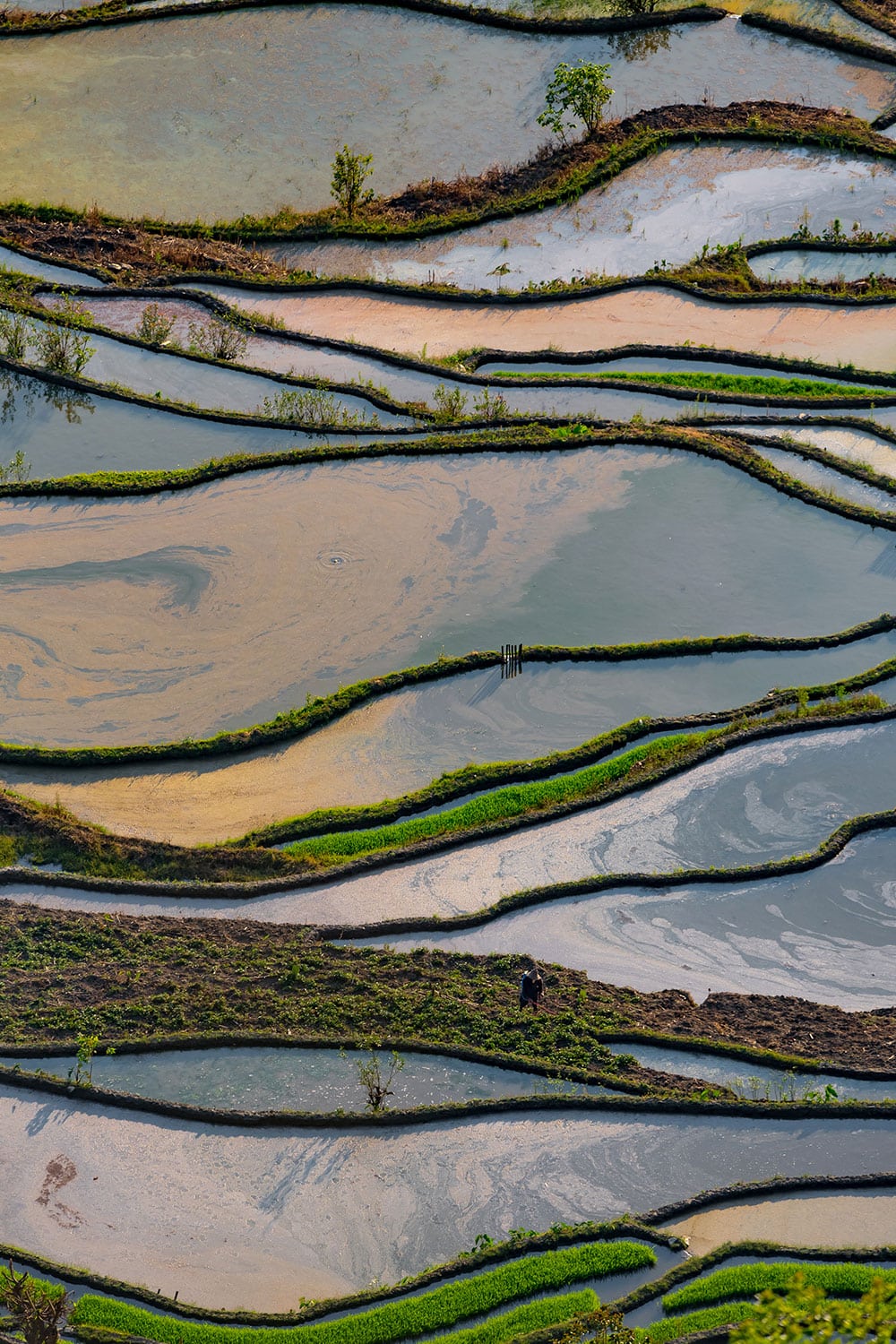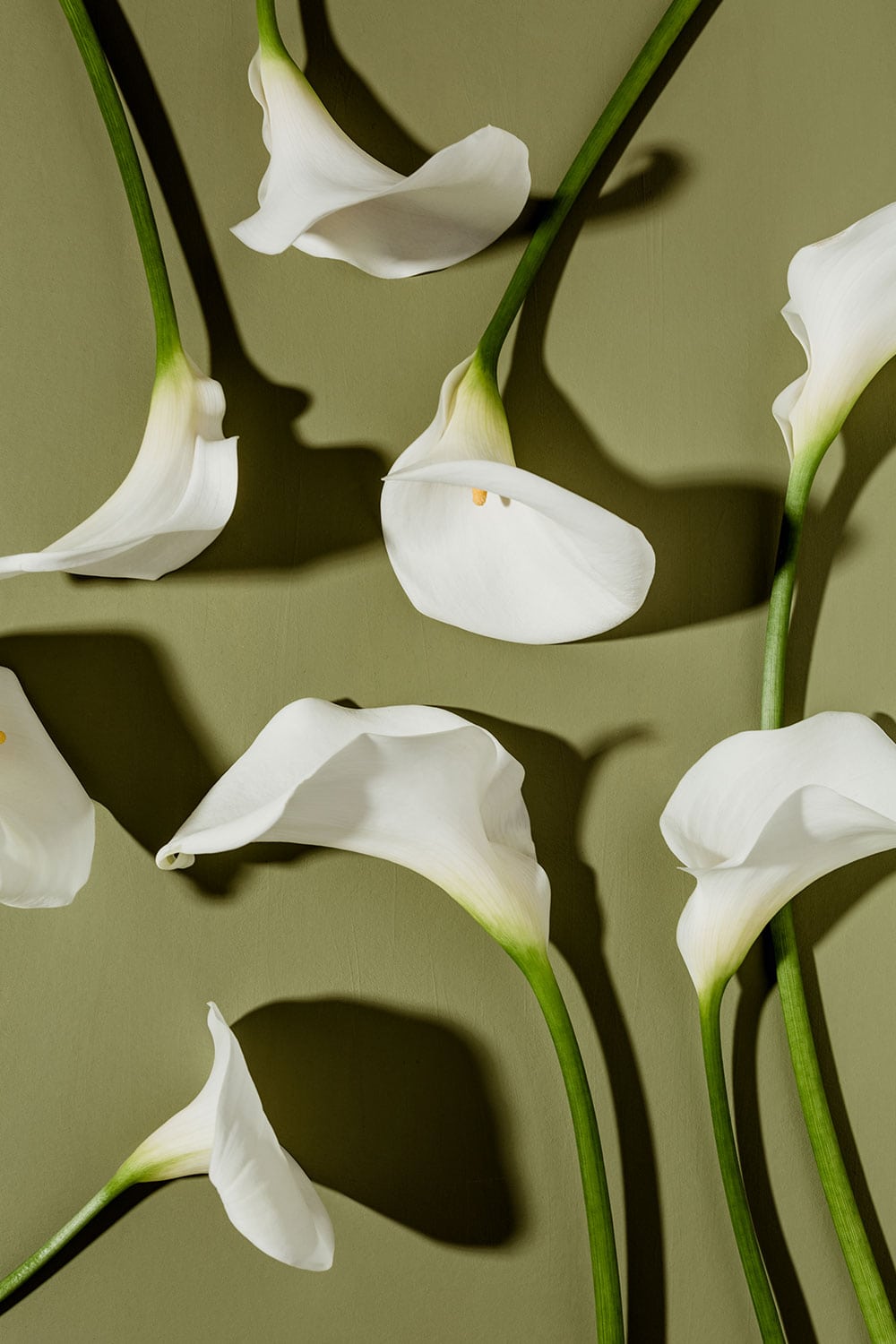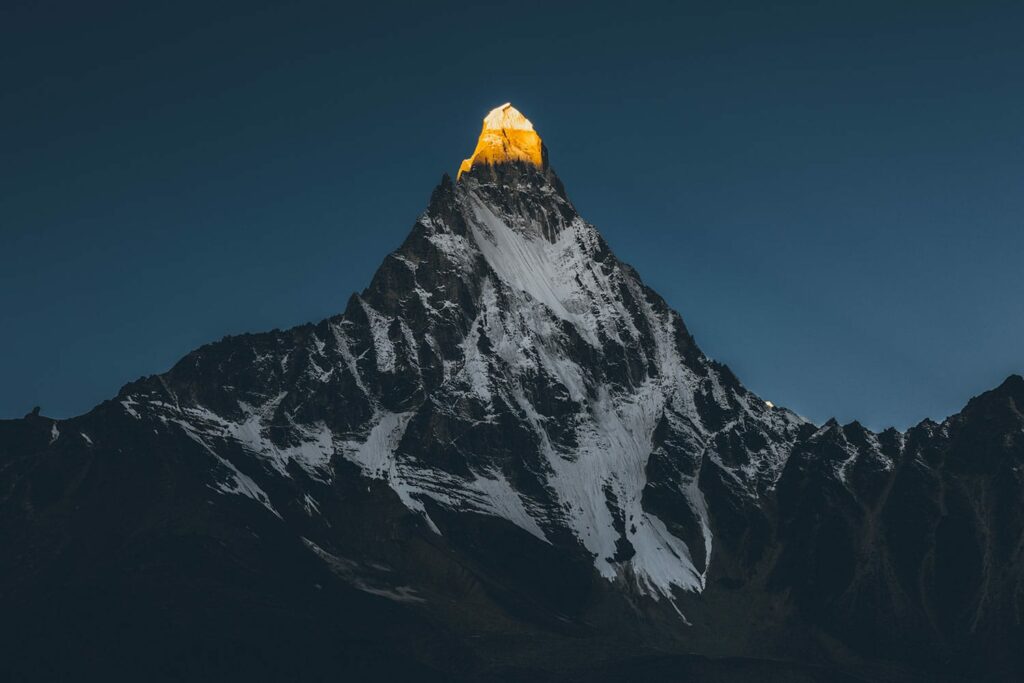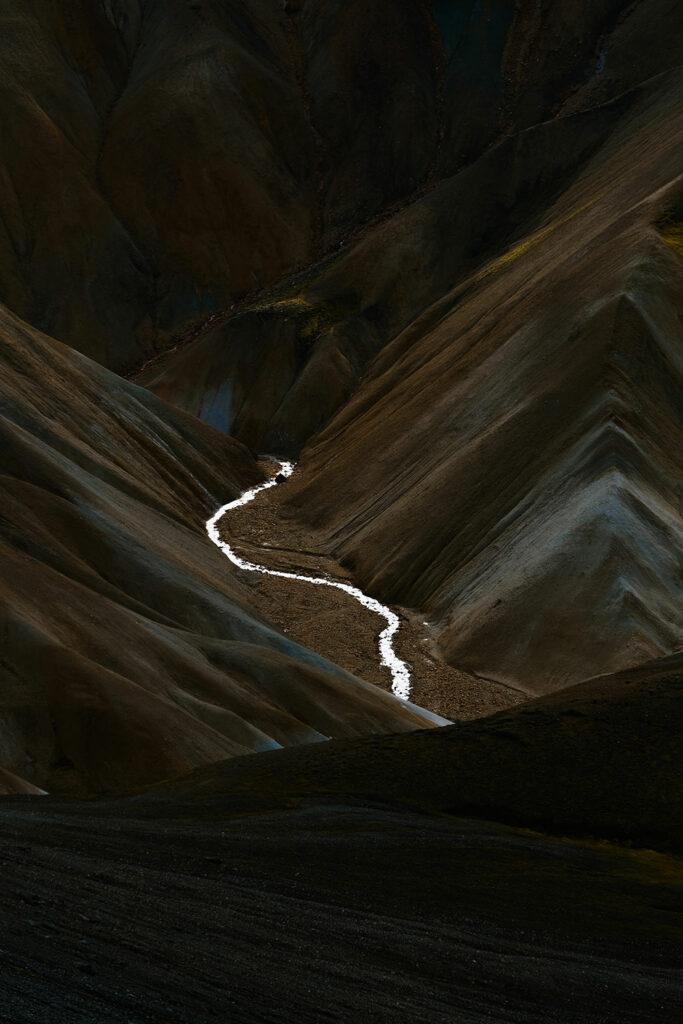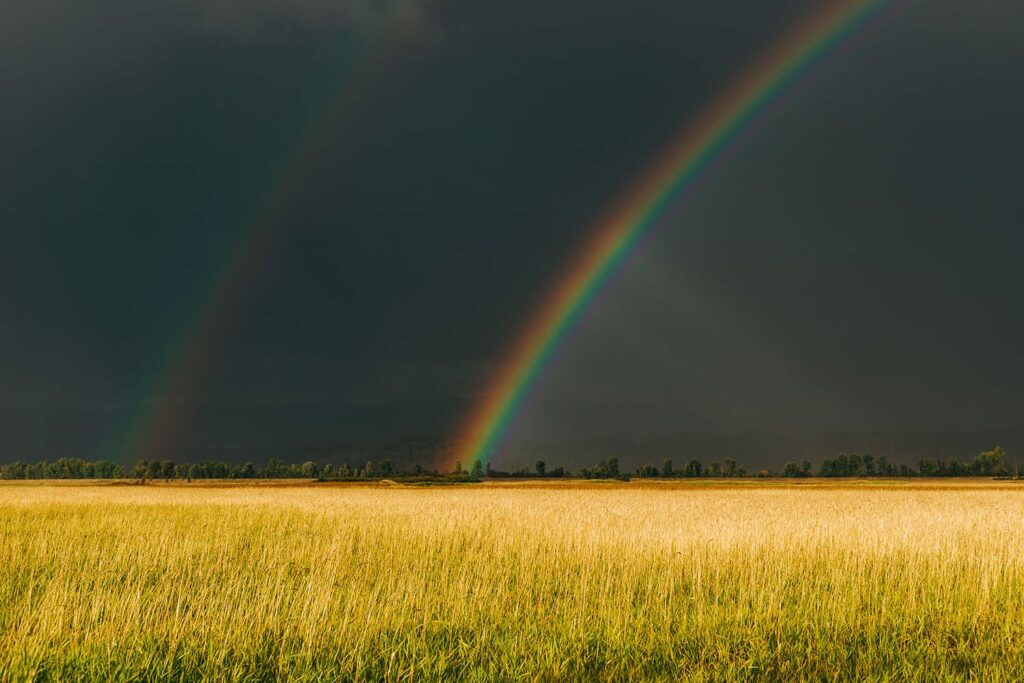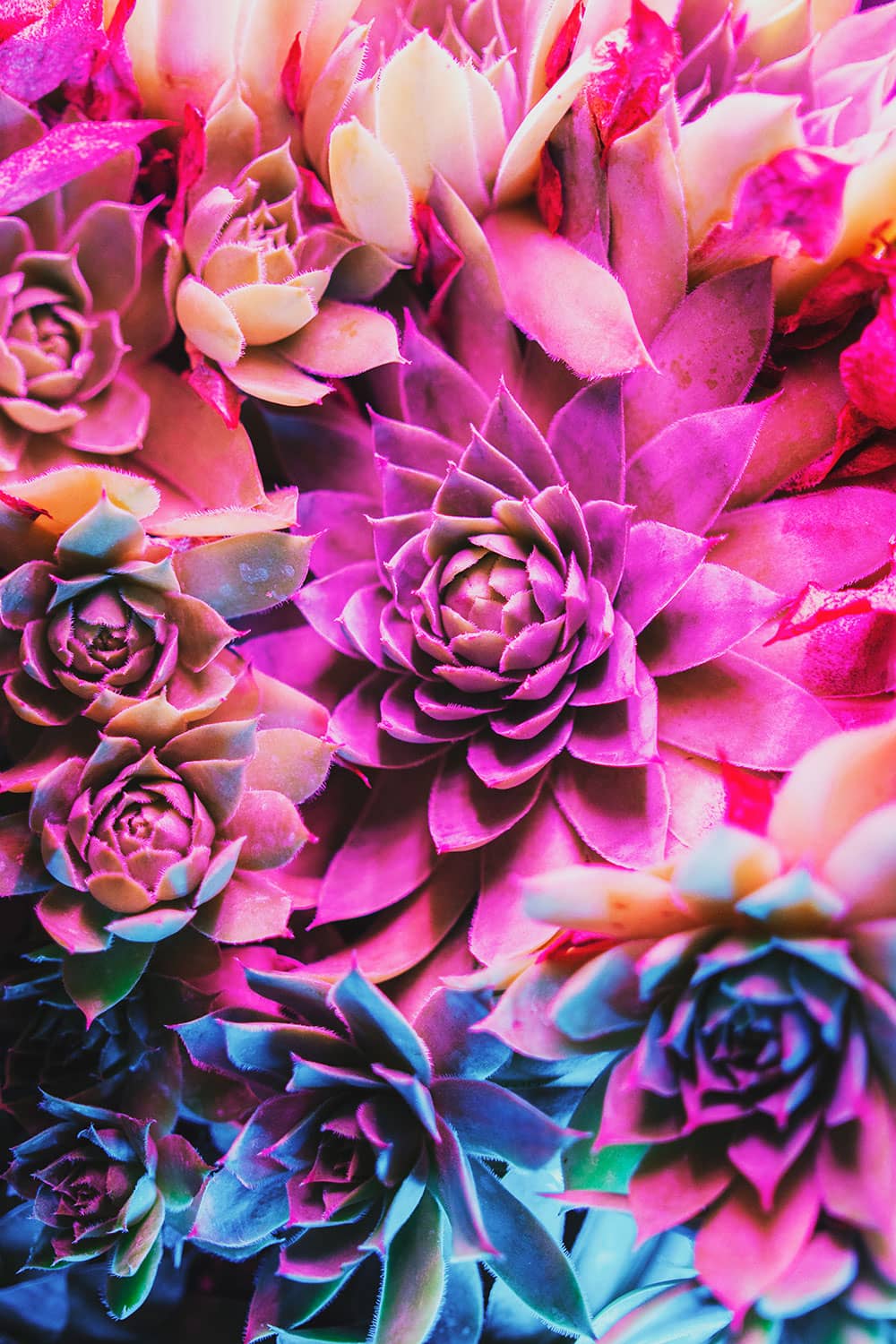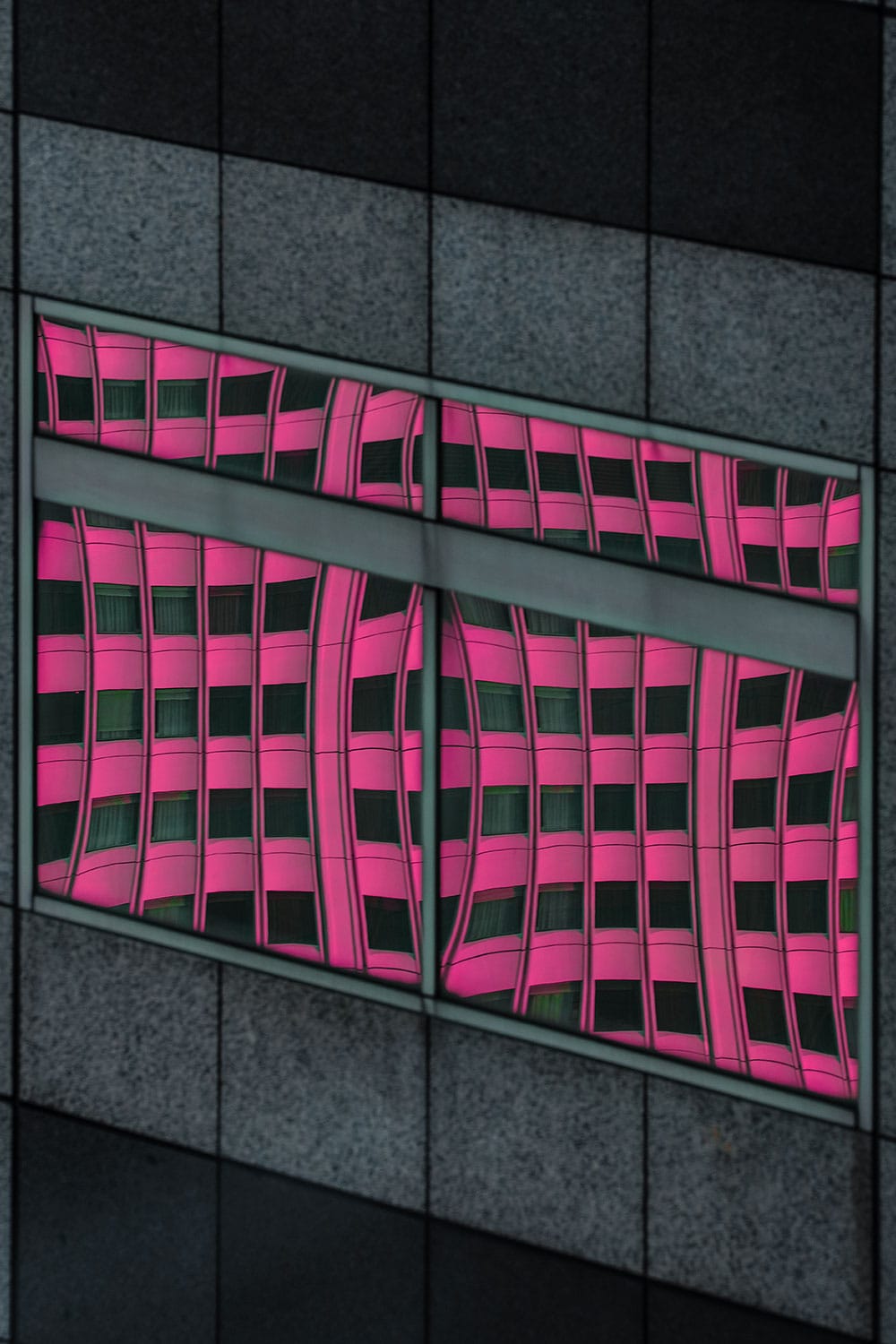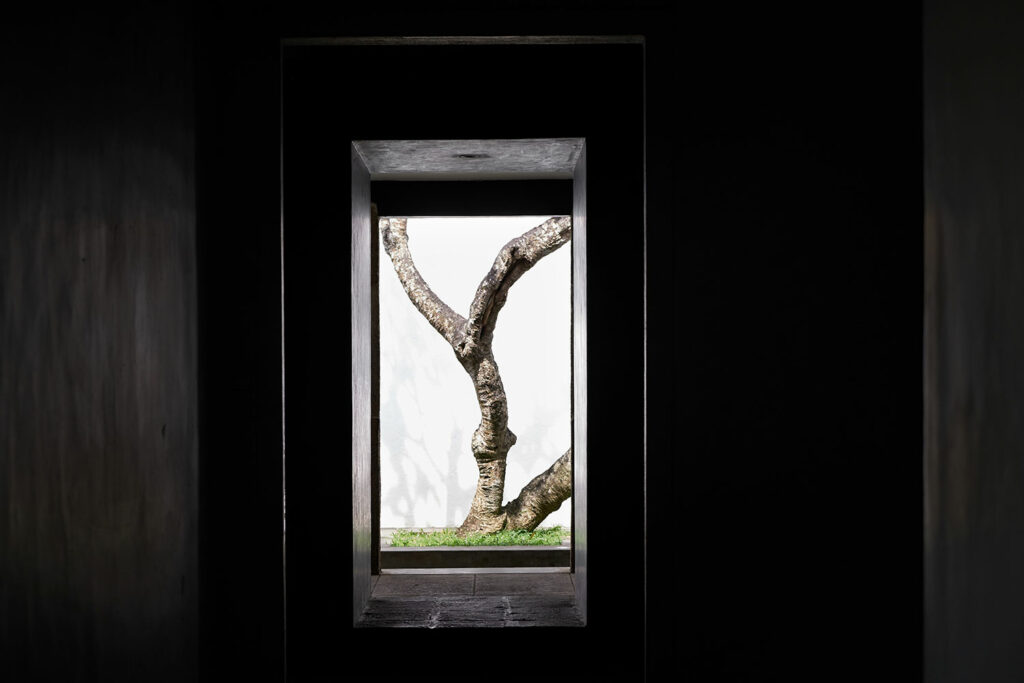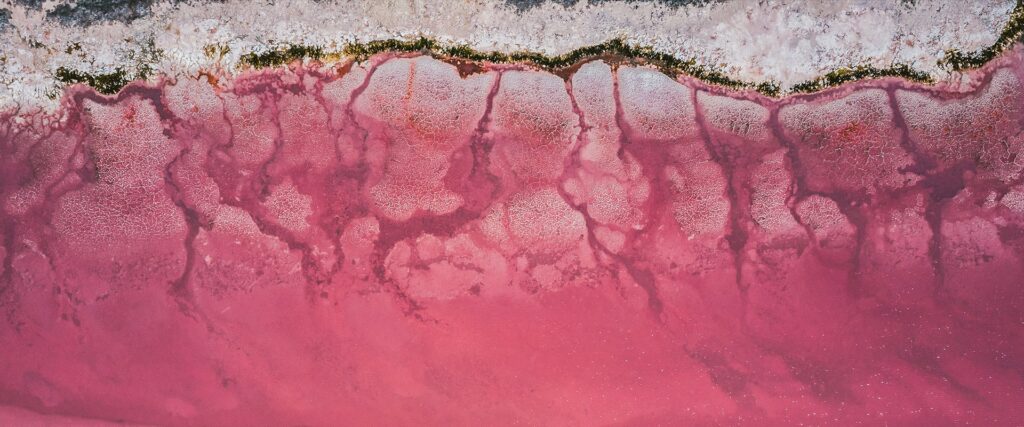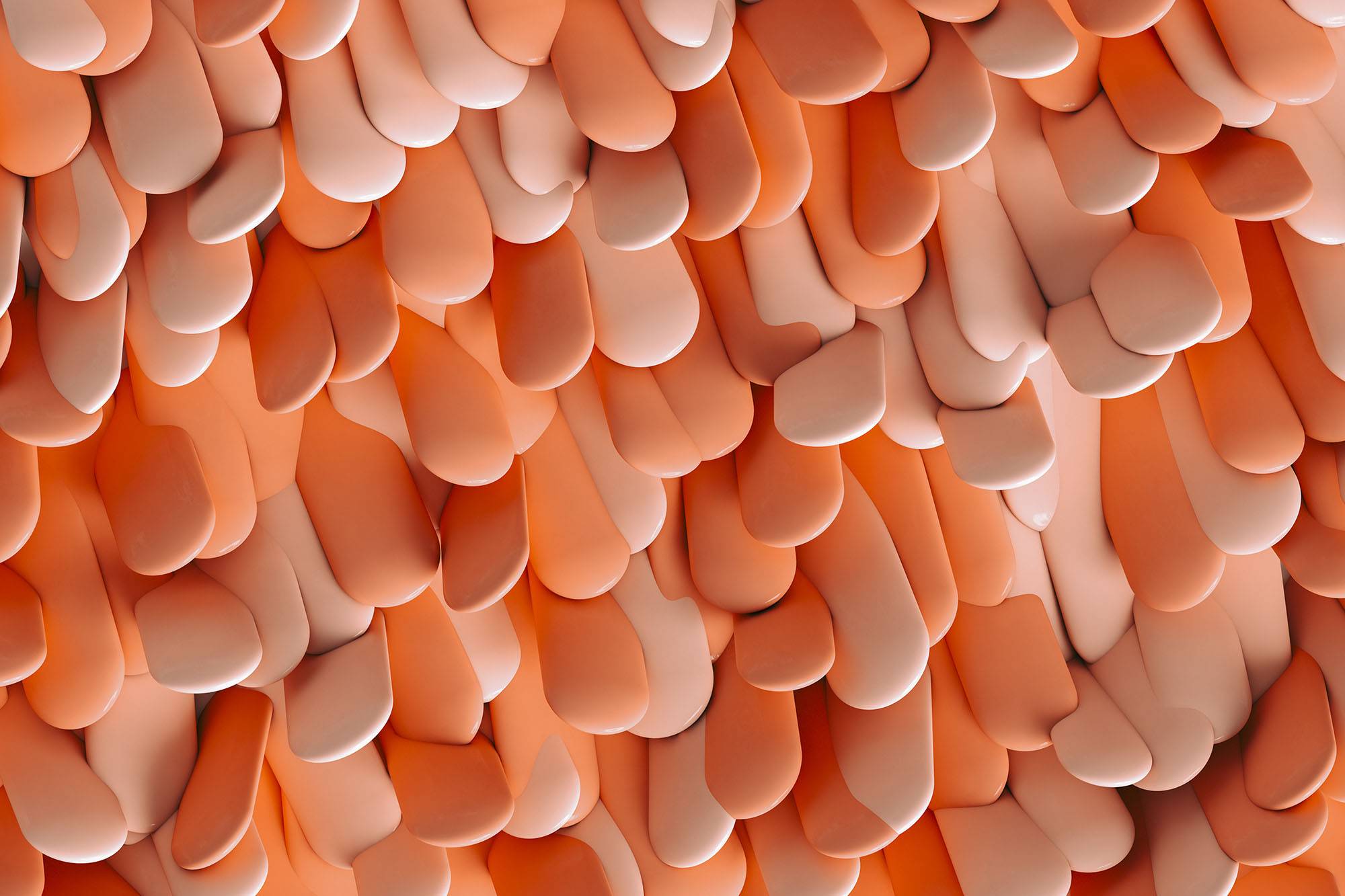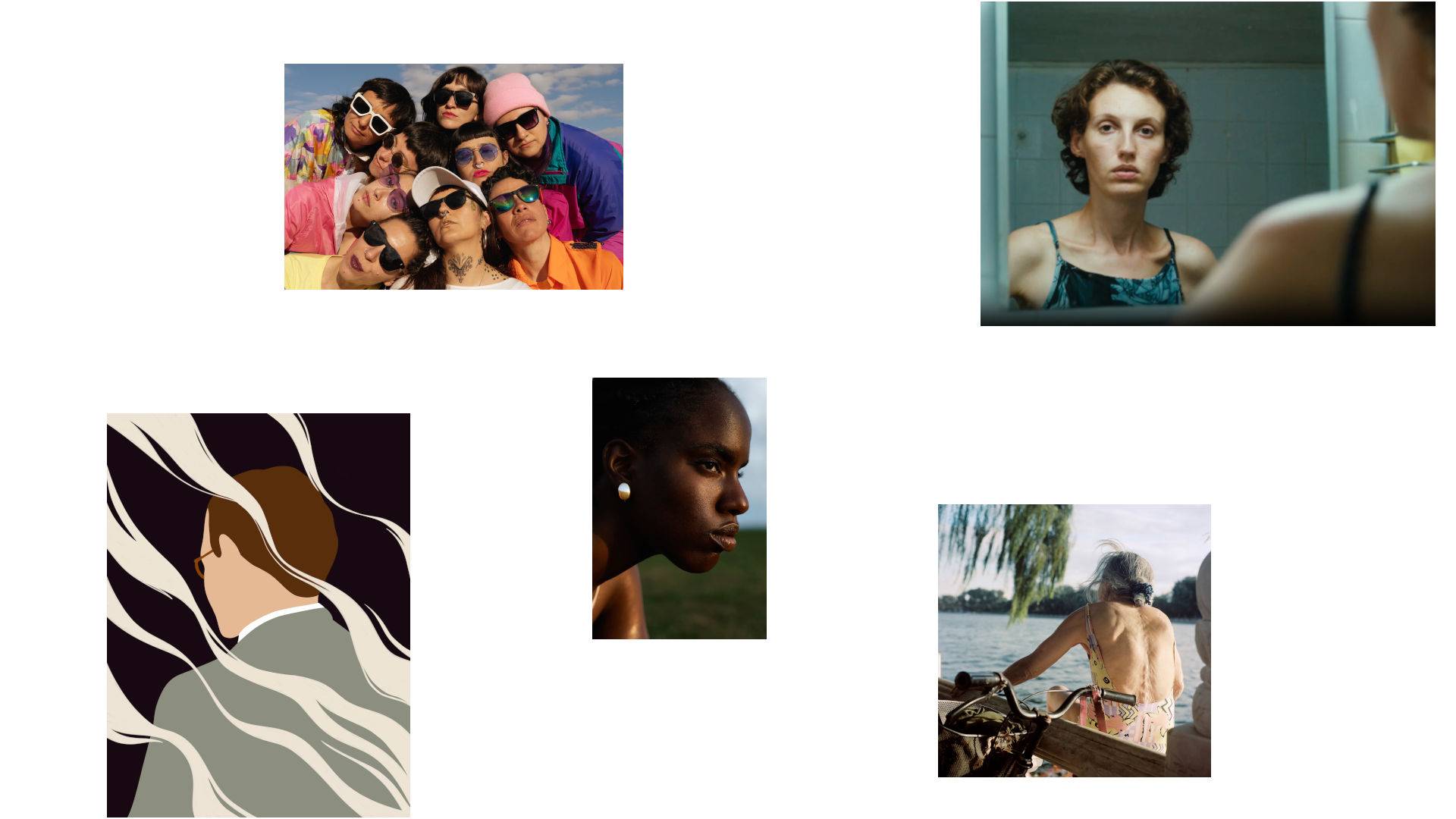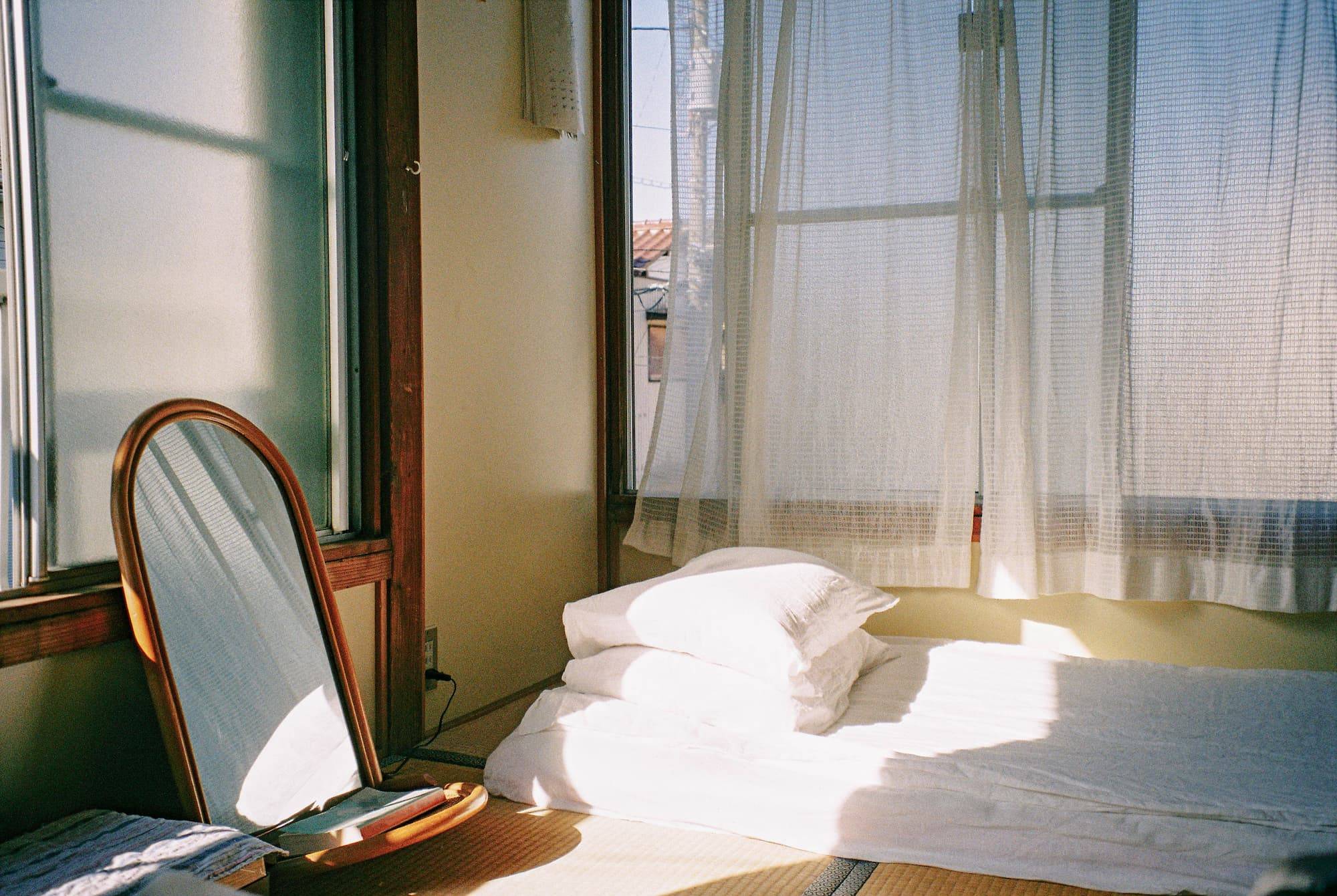In the year 2000, a photographer by the name of Charles “Chuck” O’Rear sold one of the most expensive single pictures in history. Although the price remains undisclosed to this day, the negatives were so valuable — and the insurance so high — that no shipping company would deliver them. O’Rear himself took a plane to bring the photograph to the buyer in person. The buyer paid for the flight, of course.
And who was this mysterious buyer? Microsoft. The background photo is called Bliss, though you probably know it best as the classic Windows XP desktop image. You remember — a rolling green hill, combined with a perfect blue sky dotted with puffy white clouds.
The iconic image has likely been viewed more than any other photograph in the world. Unlike many other famous works of art, Bliss didn’t hang on a gallery wall; instead, it lingered in the background, informing the daily lives of over a billion people. “I’ve seen it in the Situation Room at the White House,” O’Rear told Slate in 2014. “I’ve seen it in shots in the Kremlin.”
Since the release of Windows XP in 2001, our relationships with screens — on our computers and on our phones — has only deepened. It wouldn’t be a stretch to say that, to some extent, our desktop and phone wallpapers are some of the most important images in our lives. They’re certainly the most present. And thanks to stock backgrounds, the possibilities are endless.
Is there a formula for creating and selecting the right stock background photo? That’s up to you. But there are a few key ingredients that make a background pleasing to the eye. Let’s take a look at just four things that can make for a stellar image, whether it’s displayed in a museum or in an ad.
KEEP IT SIMPLE
O’Rear has admitted that he can only guess as to why Microsoft chose Bliss, but he has wondered if it had something to do with the fact that the photograph is “peaceful” and “has no tension.” It’s been more than twenty years since he made that picture, but his comment feels surprisingly modern.
We consume more images now than ever, whether they’re in advertisements, in the news, or on our social media feeds. As a result, simple and uncluttered stock photos hold a unique appeal. We can see it in the popularity of all things “minimal” on Instagram, and we notice it in the upper echelons of the art world as well. In 2016, The Guardian’s Jonathan Jones devoted an entire story to answering one frequently-asked question on Google: “Why does contemporary art look so simple?”
In essence, we like simple art because the real world is chaotic. We’re too busy to spend much time taking in and analyzing new information. We crave clear messages, and we want them delivered concisely — especially when it comes to our computers, phones, and tablets. A simple but dynamic background stock photo catches our attention without diverting it entirely from the task (or the app) at hand.
LOOK FOR EMPTY SPACES
When we see a person in a photograph, our brains will focus the majority of our attention onto that person. Conversely, when we see a picture of a wide-open landscape with no people present, our eyes can wander freely. We can admire its details without feeling distracted by anything in particular.
What’s more, we can, to some extent, “inhabit” empty landscapes using our imaginations. Speaking to Katharine Schwab of Fast Company in 2016, the neuroscientist Ed Vessel explained, “Looking at a space where there are the telltale signs of human life but no humans, we do inevitably project experience into there […] It happens almost as time-lapse in our head–a full day passing in a moment.”
Stock backgrounds with ample negative space appeal to our desire to wander and explore. During a stressful work day, a glimpse at a beautiful landscape can offer a temporary escape, almost as if we were there ourselves.
OPT FOR VIVID COLORS
People without knowledge of the O’Rear landscape sometimes assume it’s Photoshopped. But Bliss is a real place in California’s Sonoma County! One must admit though, those colors seem preternatural. So where did those stunning hues come from? Firstly, the grass was, in reality, quite a vivid green. Second, the artist chose a film famous for its rendering of color, and third, Microsoft did enhance the green for the desktop version.
The field of color psychology investigates why we respond strongly to colors, from the calming effects of blues to the energizing influence of reds. But vast expanses of color, like those found in abstract paintings, for example, seem to strike a particular emotional chord. In the 1950s, the color field paintings of Mark Rothko famously brought people to tears. They still do.
Daily life can be monotonous and draining, especially if we spend most of it in front of our computers, but a healthy dose of color goes a long way in awakening the spirit and triggering the creative mind. Use that to your advantage.
ADD SOME MYSTERY
Research tells us that the human brain enjoys surprises. What’s more, surprises can also make us more focused. We like novelty and, as some studies suggest, the simple act of taking in imagery we’ve never seen before can actually help us to retain more information. That could be one reason why people like changing their phone and desktop wallpapers on a regular basis.
Simplicity and emptiness, when done right, are never predictable. On the contrary, they often breed an air of mystery. If a photo continues to offer intrigue and a different perspective every time you see it, that’s a tell-tale sign that it will make a great background.
“I have a theory that anybody now, from age 15 on, for the rest of their life, will remember this photograph [Bliss],” O’Rear told Slate in that conversation five years ago. While we might not be able to place exactly where we’ve seen it, he predicted that we’ll always be able to recognize it from somewhere, 20 or 50 years down the line. A successful image is, above all, memorable. While it may be content to stay in the background, it always leaves a lasting impression.
Stocksy is a royalty-free stock media agency specialized in conceptual and authentic visuals that capture the modern world. We are committed to enabling the entire creative class to execute — without compromise — meaningful, forward-thinking work that drives social progress.






